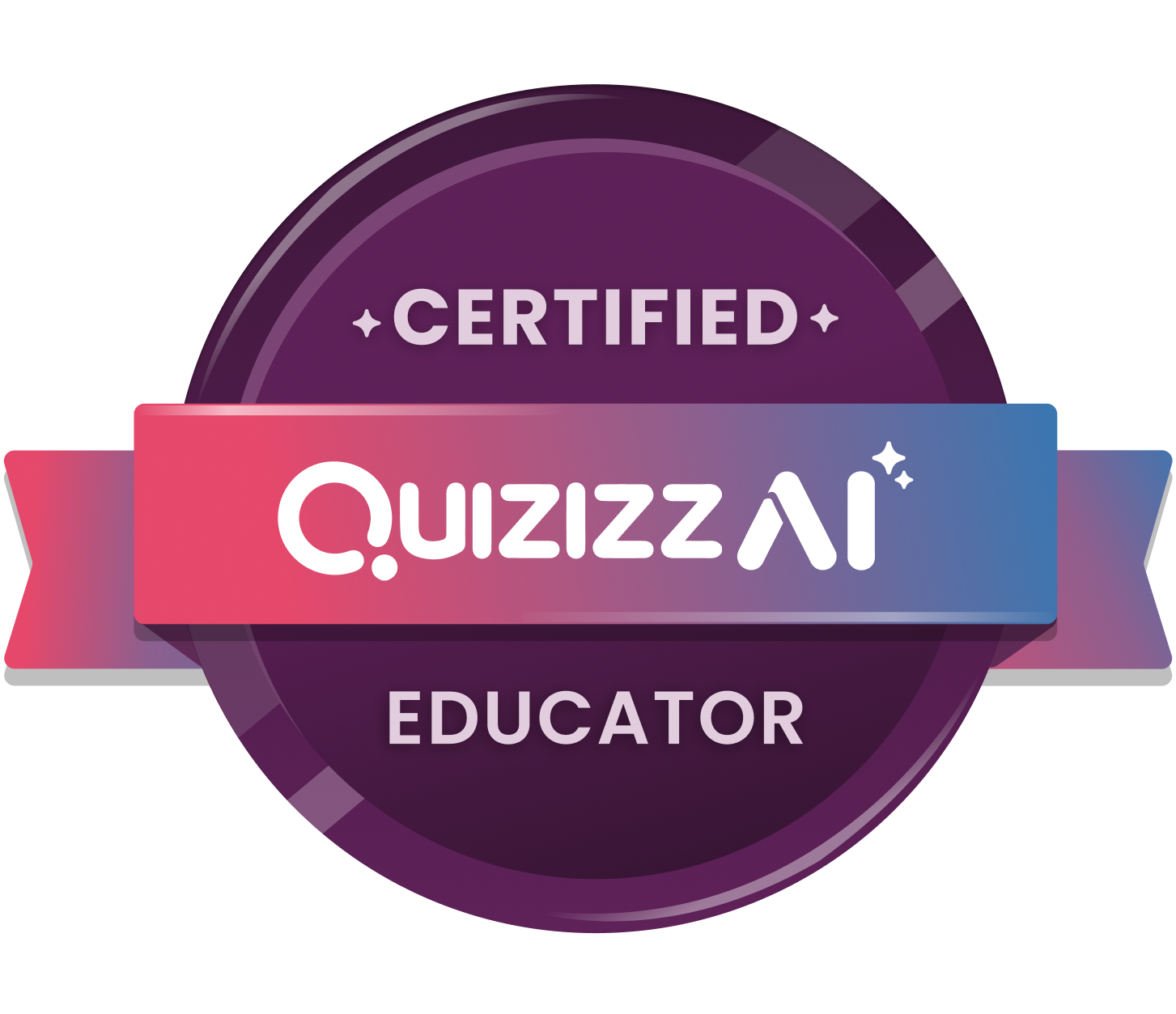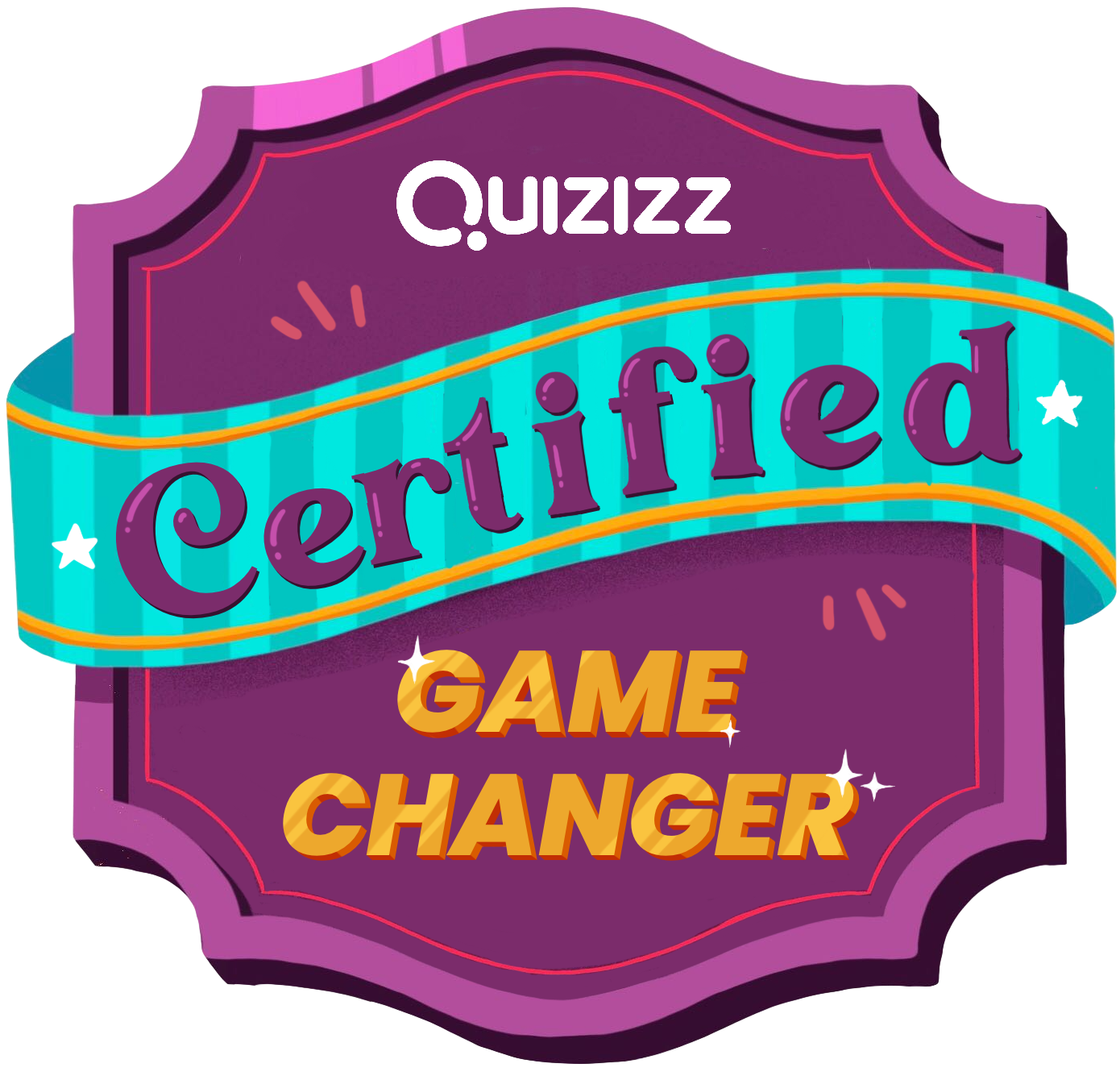![]() With regards to the 8 characteristics of
With regards to the 8 characteristics of Game-Based Learning (GBL) [CORRECTION: this should be Quest-Based Learning (QBL) as GBL is something different entirely] mentioned in 3DGL:
- Choice (Autonomy)
- Failure
- Progress Bars
- Multiple long & short aims
- Reward ALL successful efforts (XP points)
- Prompt, meaningful feedback
- Elements of uncertainty/awards
- Socialization
schools need to embrace these, probably all at once, in order to become more relevant and enjoyable for our children. I have tried changing some of these in my classroom. I have created autonomy in how students show what they have learned. I have amassed enough iPads, Netbooks, and iMacs to have a 1:1 learning environment. All my students have blog accounts and they can choose from a variety of Web 2.0 sites or apps to share what they are learning. I only question how the next to last one, awards, are used. They can be used in such ways as to encourage extrinsic motivation. I hear of teachers who give candy, stickers, or whatnot planning to wean kids of them but I’m sure they ever do because I hear them speaking of using those rewards late in the school year. How else can have elements of uncertainty without awards/rewards? Maybe inquiry?
In order to make failure a process of learning and not something to be avoided at all costs I abolished grades from my classes. No longer is failure or making mistakes going to results in losing points or getting a low grade or an F. Students can keep working on something until it’s done and compete instead of wondering if it’s an A already and then stop and move on.
I encourage socialization by the use of Collaborize Classroom, a social network, where students can have a classroom discussion where I’m not the one in charge calling on students who raise their hands and aren’t afraid to speak. Now all students can participate and chime in as they wish without speaking in front of their peers. (I’m thinking of switching to Edmodo next year to see how it compares to Collaborize Classroom. I’ve heard great things about Edmodo.)
Yet with all those changes I still don’t have 100% engagement and I still don’t have 100% happy students who like Science and do work. I still have discipline problems and I still have kids who won’t do any of the above. So why is that? I think that without all of the elements of a game then it’s not complete and I still won’t reach the most at risk students. ROLE Reversal by Mark Barnes explains that the ROLE (Results Only Learning Environment) will only work when all the elements are in place, and the elements of a ROLE greatly match with the elements of GBL. I think Mark Barnes is right. At least I’ve seen that with elements missing, it’s not working for me.
So I think that in order to have the paradigm shift that Jim Gee talks about in Grading with Games, we need to take GBL to its full level of gaming. We have to gamify our classroom to the point where it is like a game (or if you’re not into gaming try ROLE). With all the pieces in place that engage gamers and kids of all kinds I may be able to engage all my learners because even the students who won’t do work in my class or create a video, an animation, a glog, or anything like that will still play a game when they have free time with my iPads and computers. I want that level of engagement. I want my Science classes to be fun. I want kids to see learning as fun and do it. Success will breed success.

































































